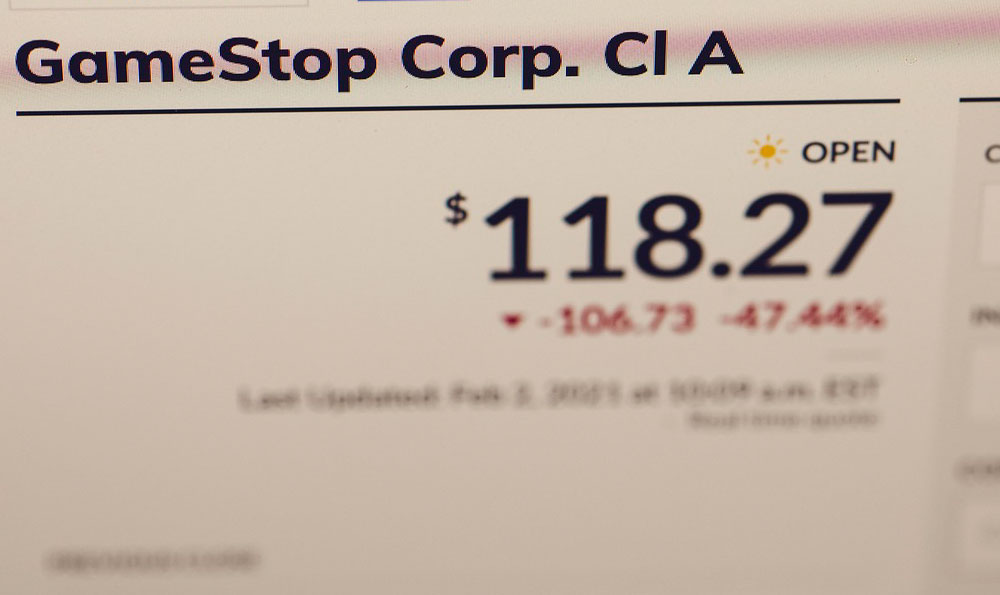Okay, I understand. Here's an article addressing the topic of lithium investment, aiming for depth and detail while avoiding overly structured formatting and direct repetition of the title.
The Allure of White Gold: Navigating the Lithium Investment Landscape
The electric vehicle (EV) revolution is not just a fleeting trend; it's a fundamental shift in how we power transportation. At the heart of this transformation lies lithium, the lightest metal on Earth, and a critical component in the high-performance batteries that drive EVs, energy storage systems, and a growing array of consumer electronics. This burgeoning demand has transformed lithium from a niche commodity into a strategic resource, sparking significant investor interest and a flurry of activity across the mining, processing, and technological innovation sectors. However, navigating the lithium investment landscape requires a nuanced understanding of its complexities, risks, and potential rewards.

One crucial aspect to consider is the geographical distribution of lithium resources. While lithium is relatively abundant, commercially viable deposits are concentrated in specific regions, often referred to as the "Lithium Triangle" of South America (Argentina, Bolivia, and Chile). These countries hold vast reserves of lithium-rich brines beneath their salt flats. Australia, on the other hand, primarily extracts lithium from hard-rock spodumene mines. Beyond these major players, countries like China, the United States, and Canada are actively pursuing lithium projects to secure their own supply chains. Understanding the geological characteristics, extraction methods (brine vs. hard rock), and regulatory environments of these regions is essential for evaluating potential investment opportunities. Brine extraction, while often less capital-intensive, can face environmental concerns related to water usage and brine management. Hard rock mining, while potentially faster to production, can have higher operating costs and environmental impacts related to land disturbance.
Direct investment in lithium mining companies is one avenue for exposure to the lithium market. Publicly traded companies involved in lithium exploration, development, and production can offer significant upside potential if projects are successful and lithium prices remain favorable. However, this approach carries inherent risks. Mining projects are complex undertakings, subject to geological uncertainties, permitting delays, cost overruns, and fluctuations in commodity prices. Conducting thorough due diligence on the company's management team, financial health, project economics, and environmental practices is paramount before making any investment decision. Furthermore, political and sovereign risk can significantly impact mining operations, particularly in countries with less stable governance or evolving regulatory frameworks. Diversification across multiple lithium miners can help mitigate company-specific risks.
Another way to participate in the lithium boom is through investments in lithium processing companies. These companies convert raw lithium ore or brine into battery-grade lithium carbonate or lithium hydroxide, the chemical compounds used in battery manufacturing. Processing requires specialized technology and expertise, and profit margins can be influenced by processing efficiency, chemical costs, and the quality of the end product. Companies developing innovative processing technologies, such as direct lithium extraction (DLE), aim to improve extraction efficiency, reduce environmental impact, and lower production costs. DLE technologies offer the potential to unlock lithium resources previously considered uneconomical.
Beyond mining and processing, the entire battery supply chain offers investment opportunities. Companies involved in battery manufacturing, cathode and anode material production, and battery recycling are all integral to the lithium ecosystem. Investing in these segments provides exposure to the overall growth of the EV and energy storage markets, without being solely dependent on lithium prices. Furthermore, battery recycling is gaining increasing attention as a sustainable solution for recovering valuable materials from spent batteries, reducing reliance on primary mining and mitigating environmental concerns associated with battery disposal. Companies pioneering innovative recycling technologies are well-positioned to benefit from the growing demand for sustainable battery materials.
Exchange-Traded Funds (ETFs) offer a convenient way to gain diversified exposure to the lithium and battery technology sectors. These funds typically hold a basket of stocks of companies involved in various aspects of the lithium supply chain, providing broader market exposure and reducing company-specific risk. However, it's important to carefully examine the ETF's holdings, investment strategy, and expense ratio to ensure it aligns with your investment objectives. Some ETFs may focus primarily on lithium miners, while others may have a broader focus on battery technology or clean energy.
It's also crucial to consider the macroeconomic factors influencing the lithium market. Global economic growth, government policies supporting EV adoption, and advancements in battery technology all play a significant role in shaping lithium demand. Supply-side factors, such as new lithium discoveries, production capacity expansions, and geopolitical events, can also impact lithium prices. Understanding these dynamics and staying informed about industry trends is essential for making informed investment decisions. Lithium prices can be volatile, subject to supply and demand imbalances, and speculative trading.
Before investing in lithium, it's important to assess your own risk tolerance, investment horizon, and financial goals. Lithium investments can be inherently volatile and may not be suitable for all investors. Diversifying your portfolio across different asset classes and sectors can help mitigate risk. Seeking advice from a qualified financial advisor is recommended to ensure your investment strategy aligns with your individual circumstances. The "white gold" rush offers potential for significant returns, but careful research, due diligence, and a long-term perspective are crucial for navigating the complexities and maximizing the opportunities within the lithium investment landscape.












